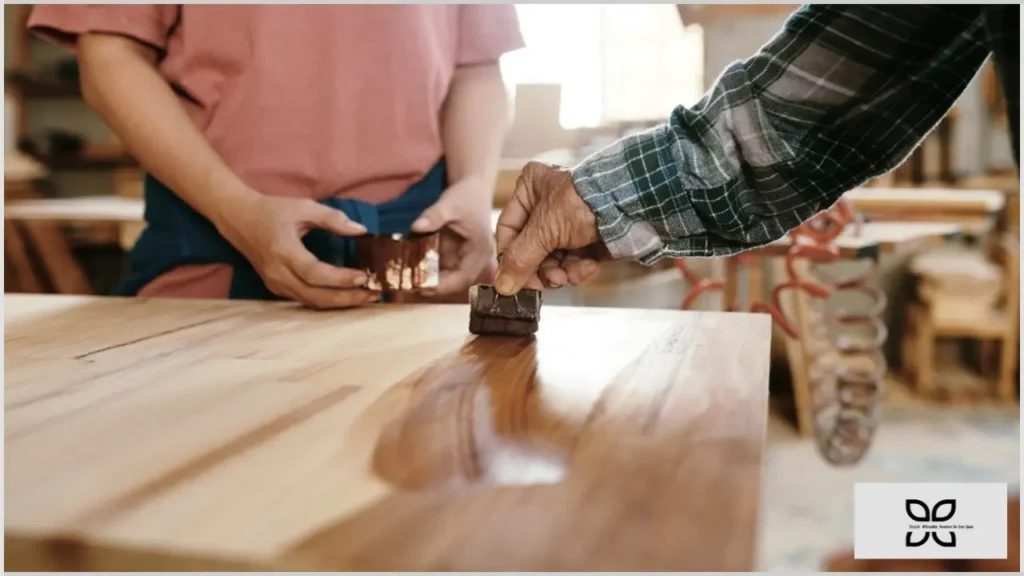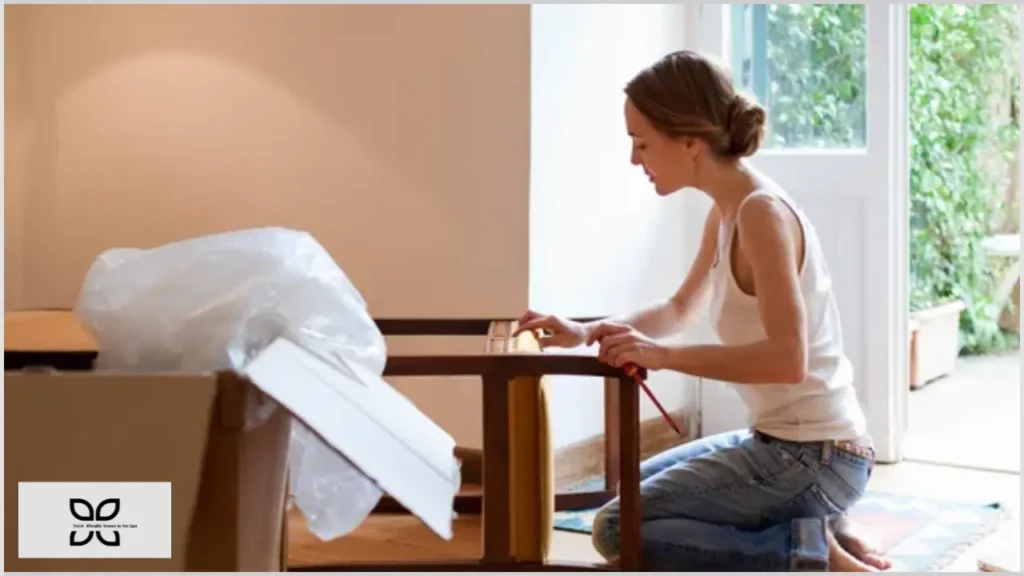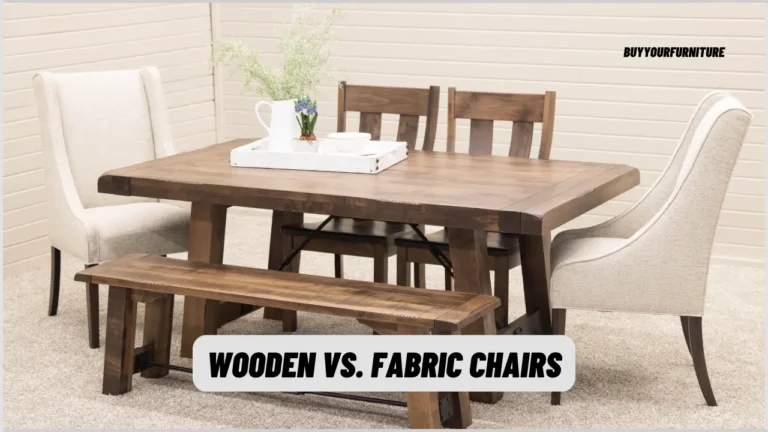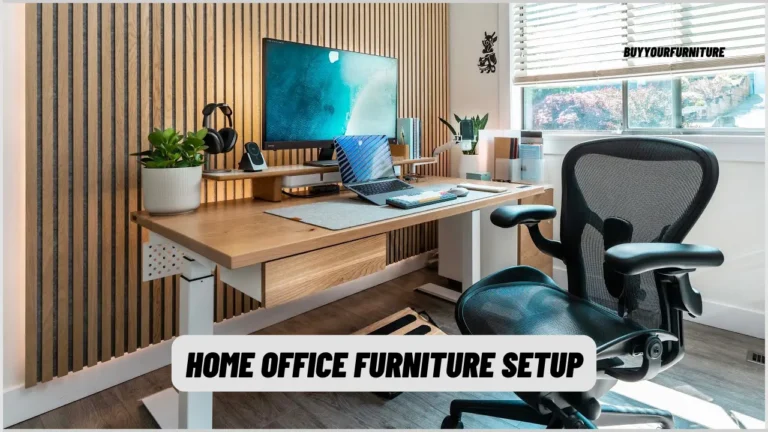How to Care for Your Wooden Furniture and Make It Last
Wooden furniture brings warmth, elegance, and timeless style to your home. Whether it’s a Sheesham dining table or a mahogany sideboard, proper care ensures it lasts for generations.
Pakistan’s varying climate dusty summers, humid monsoons, and dry winters can take a toll on your wood furniture. Regular maintenance is key to preserving its beauty and durability.
Clean Your Furniture Regularly
Dusting and wiping make a big difference.
- Dust Weekly
Use a soft, dry microfiber cloth to remove dust. Avoid feather dusters they can scratch delicate finishes. - Wipe with a Damp Cloth
Lightly damp cloth helps remove grime, but avoid soaking the wood. - Avoid Harsh Cleaners
Never use bleach or ammonia-based products; they damage the wood surface. - Dry Immediately
After wiping, use a dry cloth to prevent moisture from seeping in.
Protect Against Sun and Moisture
Wood can expand, contract, fade, or crack due to direct sunlight or humidity. In Pakistan, these are major challenges especially during hot summers or rainy monsoons.
Position your furniture away from windows or direct sunlight. Use curtains, blinds, or UV-protective films on glass. Similarly, avoid placing wood near damp areas like kitchens or bathrooms.

Also Read: Style Your Dining Room
Shield from Heat and Scratches
Use protective layers on frequently used surfaces.
Coasters, mats, and pads act as a barrier between your furniture and everyday wear. This prevents stains, water rings, and heat marks from damaging the finish.
- Use Tablecloths or Mats
Especially on dining tables and sideboards, to prevent scratches. - Avoid Hot Objects Directly on Wood
Always use trivets or hot pads under hot dishes or cookware. - Add Felt Pads Under Decor
Place soft pads under lamps, vases, or showpieces to avoid surface marks. - Don’t Drag Heavy Items
Always lift decor or appliances to prevent gouging the surface.
Polish and Condition Periodically
Polishing your furniture restores its shine and adds a protective layer. Conditioning the wood helps prevent drying or cracking, especially in dry climates like Islamabad or Quetta.
Use high-quality, furniture-safe polish or wax every 3–6 months. For unfinished wood, apply a natural oil like linseed or lemon oil to nourish the grain.
Steps for Polishing
Make your wood look new again.
- Clean the Surface First
Remove any dust or debris before applying polish. - Use a Soft Cloth
Apply a small amount of polish in a circular motion with a lint-free cloth. - Buff with a Dry Cloth
Gently buff until the surface shines don’t leave any residue. - Avoid Over-Polishing
Once every few months is enough too much polish can cause buildup.
Prevent Termite or Insect Damage
Termites and wood-boring insects are a real concern in many parts of Pakistan. Preventive care and timely action are critical.
Inspect your furniture regularly, especially in storerooms, basements, or humid areas. Keep wood off direct contact with walls or floors to avoid infestations.
Anti-Termite Tips
Protect your furniture from hidden damage.
- Use Boric Powder or Anti-Termite Spray
Apply in corners or hidden joints as a preventive step. - Avoid Excess Moisture
Damp wood attracts termites. Use a dehumidifier if necessary. - Keep Furniture Elevated
Use risers or legs to prevent direct contact with damp floors. - Call Pest Control for Active Cases
If you spot holes, sawdust, or mud tunnels act fast with professional help.

Handle Spills and Stains Immediately
Spills on wooden surfaces can leave stubborn stains or warp the surface if not treated quickly. Be extra careful with liquids like tea, coffee, or oil.
If an accident happens, blot (don’t rub) the area with a clean cloth. Some stains may require gentle treatment with vinegar, baking soda, or specialized cleaners.
Quick Spill Action Plan
Act fast to avoid permanent damage.
- Blot the Spill Gently
Use a paper towel or cotton cloth don’t press too hard. - Mild Cleaning Mix for Stains
Mix vinegar and water (50:50) or use a tiny amount of baking soda for oily stains. - Avoid Abrasive Pads
These can scratch the surface always use soft materials. - Dry Thoroughly
Always ensure the area is completely dry after cleaning.
Overall Conclusion
Caring for your wooden furniture doesn’t have to be complicated. With regular dusting, smart placement, and occasional polishing, you can preserve its shine and strength for years to come.
Pakistan’s climate does require some extra effort, especially in humid or dry zones. Simple habits like using mats, shielding from sunlight, and checking for pests go a long way.
Investing in high-quality furniture is only half the story maintaining it with care completes the journey. With a little attention, your wooden pieces can become cherished heirlooms.
Frequently Asked Questions (FAQs)
Can I use water to clean wooden furniture?
Use a slightly damp cloth only avoid soaking. Water can seep into wood and cause swelling or stains.
How often should I polish my wooden furniture?
Every 3 to 6 months is ideal. Over-polishing can lead to buildup.
How do I remove a water ring from wood?
Try placing a dry cloth over it and pressing lightly with a warm iron, or rub in petroleum jelly overnight.
What’s the best way to protect wood from humidity?
Use dehumidifiers, avoid placing furniture against damp walls, and treat wood with natural oils or sealants.
How can I tell if my furniture has termites?
Look for small holes, sawdust, or tapping sounds. If found, call pest control immediately for treatment.






